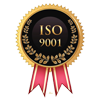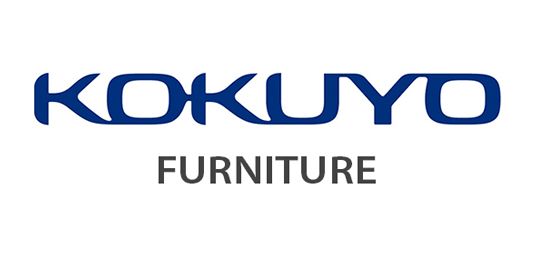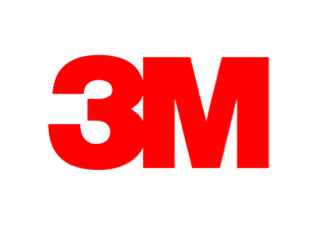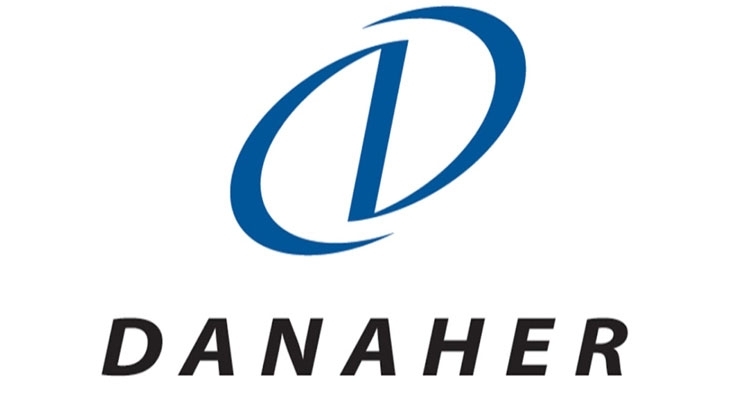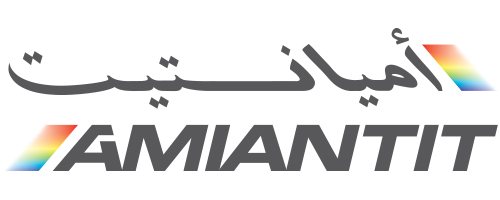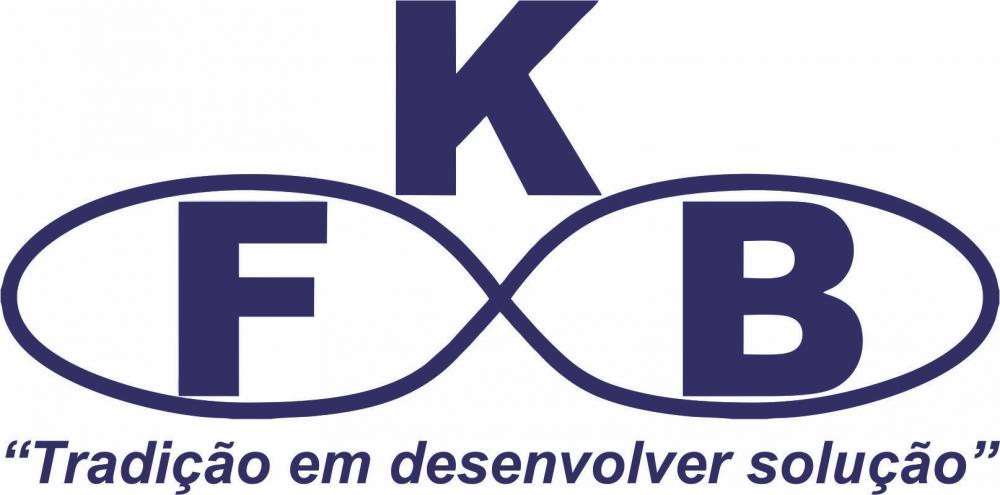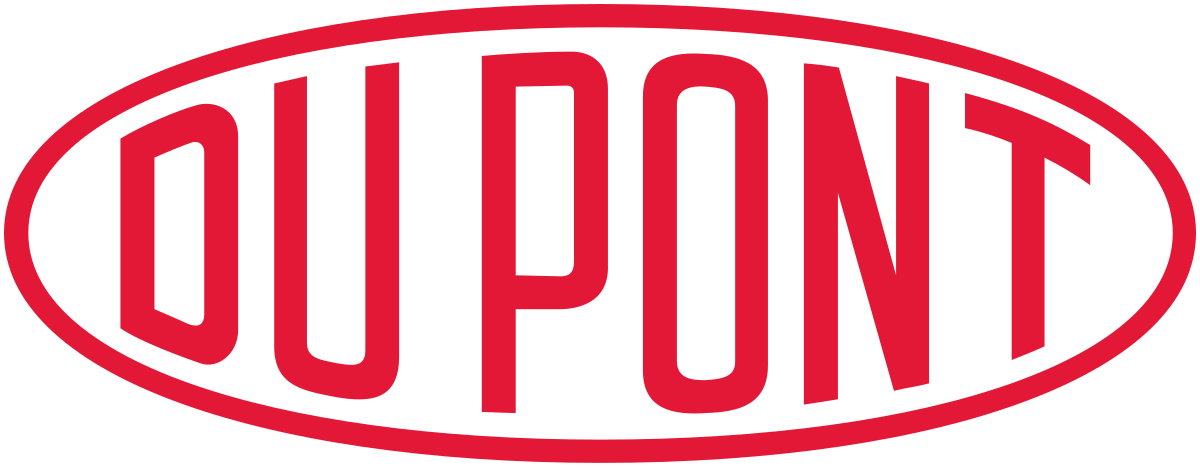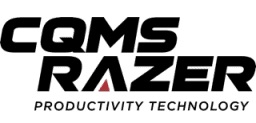Smart City Market By Component (Hardware, Software, Services); By Function/Application Area (Smart Transportation, Smart Utilities, Smart Mobility, Environmental Solution, Smart Education, Smart Healthcare, Smart Public Safety, Smart Governance, Smart Lighting Solutions, Smart Building); By Region (North America, Europe, Asia Pacific, Latin America, Middle East & Africa) - Global Market Analysis, Trends, Opportunity and Forecast, 2022-2032
Smart City Market: Overview and Definition
The global smart cities market in terms of revenue was estimated to be worth USD 520.5 billion in 2021 and is poised to reach USD 1120.5 billion by 2032, growing at a CAGR of 13.5% from 2022 to 2032. Smart City concept is an emerging solution which holds the ability to optimize the efficiency of city operations and connect to citizens, manage urban flows, transform the administration and support of living and working environments and also improve public safety.
Basically, it is an urban setting which by using different electronic methods and integration of technologies such as Internet of Things (IoT), Artificial Intelligence (AI), big data, cloud storage, and data analytics, collects and analyzes data and use the gained insights to manage assets, resources, and services efficiently for enhancing the living conditions of the residents.
It makes use of hardware components, such as chips, sensors and actuators, and software solutions like user interfaces (UIs), communication networks and the Internet of Things (IoT) devices to make life more efficient, controllable, economical, productive, integrated, and sustainable.
The global smart cities market is expected to grow at a tremendously flourishing CAGR over the next few years.
MARKET DRIVERS:
The growth of this market is attributed towards major relying factors including; the rising need for public safety and communication infrastructure, the rising urban population, the proliferation of smart city projects in emerging economies, the growing initiatives and support from central/federal governments, city governments, and dedicated governing bodies, the increasing implementation of different Public Private Partnership (PPP) models such as BOO, BOT, OBM, and BOM, the advancements in the field of artificial intelligence, the increasing global urbanization, the increasing need for high-speed internet connectivity and the growing requirement of resource management for sustainable development etc.
Additionally, the demand for sustainable infrastructure owing to increasing population and urbanization are boosting the adoption of intelligent mobility and efficient energy management applications which is therefore prompting countries across the world to invest in smart city projects. Also, new initiatives and advancements, including Greenfield, are developed around cities to minimize the increasing pollution levels, which, in turn is adding to the market growth.
Moreover, the growing adoption of IoT enabled devices and related technology by public & private smart city developers, globally enhances the development of monitoring systems across remote and less developed areas in different regions. This comprehensively drives growth in the smart cities market.
Furthermore, the need for developing resilient cities, saving energy and building, increasing investments in R&D activities to introduce new technologies for connected infrastructure in cities, the development of technologies such as electric vehicles and renewable energy systems, increasing deployment of smart grids for the optimal utilization of energy, decrease in the price of connected devices, the expansion of various automation product portfolios by manufacturers and the increasing demand for smart healthcare, smart utility and smart governance further fuels the growth of this market.
However, factors such as privacy and security concerns over IoT and the requirement of high initial investment are restraining the growth of this market.
More importantly, with the outbreak of COVID-19, the adoption of IoT in smart city focus areas, such as smart utilities and smart citizen services, is anticipated to augment the adoption of smart city solutions as various authorities globally are majorly focused on monitoring the health, safety, and living standard of the citizens.
SMART CITIES MARKET SEGMENTATION:
By Component:
- Hardware
- Software
- Services
By Function/Application Area:
- Smart Transportation
- Smart Utilities
- Smart Mobility
- Environmental Solution
- Smart Education
- Smart Healthcare
- Smart Public Safety
- Smart Governance
- Smart Lighting Solutions
- Smart Building
- Other Smart Solutions
By Region:
- North America
- Europe
- Asia Pacific
- Latin America
- Middle East & Africa
REGIONAL INSIGHT:
The North American region holds the largest market share in the smart cities market and is expected to continue to dominate in the next few years as well. This growth can be attributed to the significant adoption of smart cities solutions supported by high ICT spending among government organizations, the increasing emphasis on the conservation of the environment, the high demand for connected solutions across the region, growing infrastructure developments to enhance the network connectivity, the presence of major key players and related industry players in the region and the availability of highly advanced technologies etc. The U.S and Canada are the major contributors in the region.
The European region is the second largest market for smart cities after NA and is also anticipated to grow at a flourishing rate in the forthcoming years as a result of several factors including; the increasing smart city projects and government initiatives & funding for improving infrastructure, the rapid adoption of connected devices and vast advancements in sensor technology, the increasing European Union’s initiatives, combined with major development projects initiated by the local governing bodies, the increasing presence of major industry players in the region, increasing collaborations, the availability of high-speed wireless networks and increased connected devices such as smartphones etc. The major contributors in the region are U.K, Germany, Norway, and France.
The Asia Pacific region is the fastest growing regional market for smart cities and is poised to witness substantial growth in the coming years owing to factors such as the increasing numbers of smart city projects, increasing large scale investments for infrastructure modernization, the rapid growth in all areas of technology coupled with the increasing adoption of automation technologies such as (IoT) and (AI), the growing number of initiatives and investments by various governments in the region, the rapid growth in population, increasing economic development, increasing focus towards safety of citizens and the increasing demand for intelligent solutions for energy management, infrastructure management, and transportation etc. The major contributors in the region are India, China and Japan.
FEW KEY PLAYERS IN SMART CITIES MARKET:
- ABB Limited
- Schneider Electric SE
- Cisco Systems Inc.
- IBM Corporation
- Microsoft Corporation
- Cognizant
- Capgemini
- Qualcomm Technologies Inc.
- Fujitsu Ltd.
- Emerson Electric Co.
- Honeywell Corporation
- Siemens AG
- NEC
- SAP SE
- Ericsson
- AWS
- Nokia
- Vodafone
- Oracle Corporatio
- Huawei Technologies Co. Ltd.
- Intel Corporation
- ATOS SE
- Foxconn Electronics Inc.
- Robert Bosch GmbH
- General Electric Company
- L&T Infotech
- Itron
- Verizon
- Accenture
- TCS
- Alibaba
- AT&T Inc.
- Hitachi Corporation
- Other Players
RECENT DEVELOPMENTS:
In December 2020, Connectivity provider Connexin announced plans to build out a “nationwide” long-range wide-area network (LoRaWAN) across the UK, following successful regional deployments and recent investment. It is said to be the first UK-wide Internet of Things (IoT) network.
In December 2020, Velodyne Lidar Inc. announced that it joined the Qualcomm® Smart Cities Accelerator Program to promote using lidar technology in smart city solutions. By becoming part of the Qualcomm Smart Cities ecosystem, Velodyne is said to more closely work with Qualcomm Technologies, Inc., governments and solution developers to create smart city applications that improve public services and enhance safety and quality of life.
Timeline Considered for Analysis:
- 2019: Base Year
- 2020 to 2025: Forecast Period
Research Scope and Deliverables
Overview & Executive Summary
Market Drivers, Trends, Challenges and Opportunities
Market Size and Forecast Projections
Macroeconomic Indicators of Various Countries Impacting the Growth of the Market
Extensive Coverage of Industry Players including Recent Product Launches and Market Activities
Porter’s Five Force Analysis
Market Segmentation Analysis:
Industry report analyzes the global smart cities market by the following segments:
- Component
- Function/Application Area
Customization: We also offers customization’s in the industry report as per the company’s specific needs.
Key Questions Answered in the Global Smart Cities Industry Report
- What is the overall market size in 2019? What will be the market growth during the forecast period i.e. 2020-2025?
- Which region would have high demand for product in the upcoming years?
- What are the factors driving the growth of the market?
- Which sub-market will make the most significant contribution to the market?
- What are the market opportunities for existing and entry-level players?
- What are various long-term and short-term strategies adopted by the market players?

Need Customized Report for Your Business ?
Utilize the Power of Customized Research Aligned with Your Business Goals
Request for Customized Report- Quick Contact -
- ISO Certified Logo -

